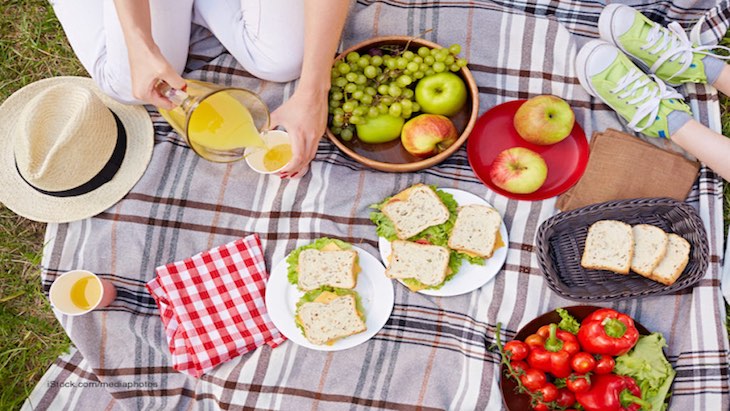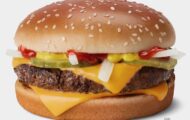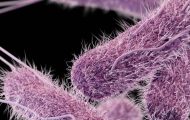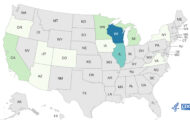With warm weather finally here, many people are planning barbecues and picnics. But warm weather presents special challenges to keeping food safety. Bacteria grow rapidly at temperatures above 40°F and food needs to be handled carefully. The FDA has some advice about how to handle food safely outdoors.

First, pack food safety. All cold food should be kept cold. Put child food into a cooler that has ice or frozen gel packs. All cold food should be stored below 40°F to prevent and slow bacterial growth. You can pack meat, poultry, and seafood while it’s still frozen so they stay colder longer.
Organize the cooler contents carefully. Put beverages in one cooler and perishable foods in a second. That way, when you open the cooler to get beverages, perishable foods won’t be exposed to warm temperatures. Keep the cooler close as much as you can.
Cold food should not sit out of the cooler longer than two hours – one hour if the air temperature is above 90°F. Place foods directly on ice when you serve. Replace the ice as it melts.
Cross-contamination is a big factor in food poisoning outbreaks. Keep raw meat, poultry, and seafood securely wrapped in containers that will hold the raw juices. Never put cooked meats onto a platter that previously held the uncooked food. And keep raw meats and poultry separate from foods that will be eaten uncooked.
Always clean produce before you eat it. Most people don’t realize that many food poisoning outbreaks have been linked to contaminated fruits and vegetables. All fruits and veggies should be rinsed under running tap water before they are packed into the cooler. Scrub firm-skinned fruits and vegetables with a clean vegetable broth. Then dry produce with a paper towel. But remember that packaged produce that is labeled “ready-to-eat,” “washed,” or “triple washed” should not be washed again.
Bring along moist towelettes for hand cleaning before food preparation and eating. Or you could bring a water jug, soap, and pear towels.
Grilling outdoors also takes special consideration. Always marinate foods in the fridge, never outdoors or on the counter. Don’t reuse marinades. If you want to use some of the marinade as a sauce, reserve some of it separately before you add the raw meat.
Never partially cook meats and then chill them to finish cooking on the grill. This method is only safe when the partially cooked food is fully cooked immediately.
Cook food thoroughly. Print out safe temperature cooking charts for meat, poultry, fish, eggs, ham, and shellfish and use them. And always use a food thermometer to make sure the food is cooked to a safe temp. Color and texture are not reliable indicators of food safety.
Always follow the food safety rules: clean, separate, cook, and chill. Remember that your cooler is not made to cool foods down; it can only keep them cool. Discard leftovers when you get home. Now that you know how to handle food safely outdoors, have a great summer!




